QuestionHello. My family has had a German Shepherd for 8 and a half years. He is a well socialized dog. He has been around both large and small dogs and people of all ages. He is 135 pounds. However this week we just bought a new german shepherd female puppy. We wanted to get a female to avoid "inter sex" aggressive behavior. Problem is it doesn't seem to be working.
I have heard a lot of people say that it is natural for him to act aggressive towards a new puppy. However she is 14 pounds! He is literally 10 times her size and can really hurt her. Today after we took them for a walk he bit her face. He was mere centimeters from taking her eye. He drew a little blood and she was crying and yelping it really is just breaking my heart to see them like this.
He is also acting more aggressive towards other dogs since we got her. I am at my wits end trying to find a way for them to get along. My entire family is just so stressed out about today and how close he came to blinding or even killing her. Any advice or opinions on the case would be greatly appreciative.
Oh. And the big male is neutered. However the girl is not yet. Thank you in advance for any advice you can offer.
AnswerOnce past 3 years old, many dogs don't want anything to do with puppies, their sharp little teeth, and their biting games. You need to teach the puppy to leave the older dog alone. As soon as the puppy starts to focus on the older dog, give it a sharp ''Ah, ah, ah!'' and offer it a chew toy.
I hope you have a crate for her when you aren't around. It will both keep her from annoying him, and protect her. It is only natural that a puppy resists its crate at first. What the puppy wants more than anything else is to be others, you, anyone else in the household, and any other pets. In our modern society, even if we are home, other things distract us from the attention an uncrated puppy must have. The only real solution is to crate the dog when you aren't around. The dog may be happier in its den than loose in the house. It relaxes, it feels safe in its den. It rests, the body slows down reducing the need for water and relieving its self. Dogs that have been crated all along do very well. Many of them will rest in their crates even when the door is open. I think the plastic ones give the dog more of a safe, enclosed den feeling. Metal ones can be put in a corner or covered with something the dog can't pull in and chew. Select a crate just big enough for the full grown dog to stretch out in.
Leave it some toys. Perhaps a Kong filled with peanut butter. Don't leave anything in the crate the dog might chew up. It will do fine without even any bedding. You will come home to a safe dog and a house you can enjoy.
A dog that has not been crated since it was little, may take some work. Start out just putting its toys and treats in the crate. Praise it for going in. Feed it in the crate. This is also an easy way to maintain order at feeding time for more than one dog.
The "shut the puppy in a safe room" is a fallacy. Very few houses even have a safe room. How many of us have a room with a hard surfaced floor and nothing else? Most rooms have electrical cords to chew if nothing else. In addition to destroying anything a bored puppy finds to chew, it may choke or have intestinal blockage from the pieces. I had a friend that left her dog in a "safe" room. It ate a hole in the floor covering. The safe rooms fail to give the dog the comfort of the enclosed space their instinct requires. Nor do they restrict activity extending the time the dog can go without relieving itself.
It will go slowly since is it is a little late for him, but he may need better leadership. The key to most behavior problems is approaching things using the dog's natural instincts. Dogs see all the people and dogs in the household as a pack with each having their own rank in the pack and a top dog. Life is much easier if the 2 legged pack members outrank the 4 legged ones. You can learn to play the role of top dog by reading some books or going to a good obedience class. A good obedience class or book is about you being top dog, not about rewarding standard commands with a treat. Start at http://www.dogsbestfriend.com/ For more on being top dog, see http://www.dogbreedinfo.com./topdogrules.htm

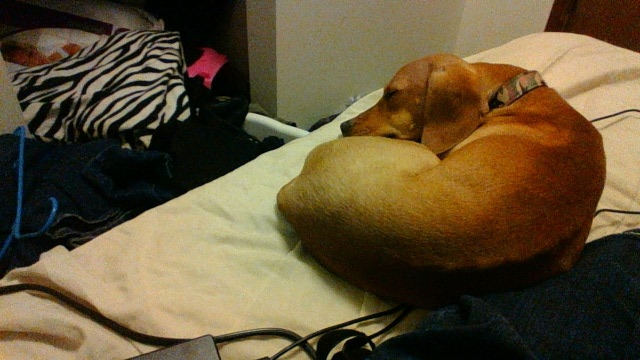 2 Year Old Dachshund Rescued From Probable Bad Situation
Question
Nelson Nelson
Hi there! I recentl
2 Year Old Dachshund Rescued From Probable Bad Situation
Question
Nelson Nelson
Hi there! I recentl
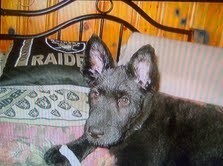 what is my dog????
Question
Connie
Patti, i got my dog Connie a few months
what is my dog????
Question
Connie
Patti, i got my dog Connie a few months
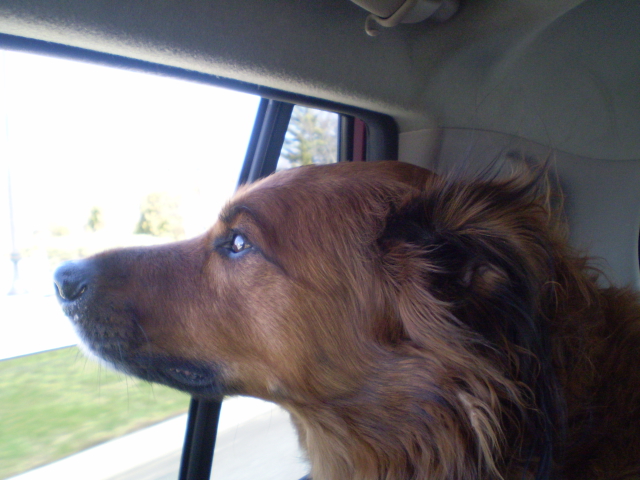 aggressive kids and dogs
QuestionI have a hyper aggressive 6 yr old who always p
aggressive kids and dogs
QuestionI have a hyper aggressive 6 yr old who always p
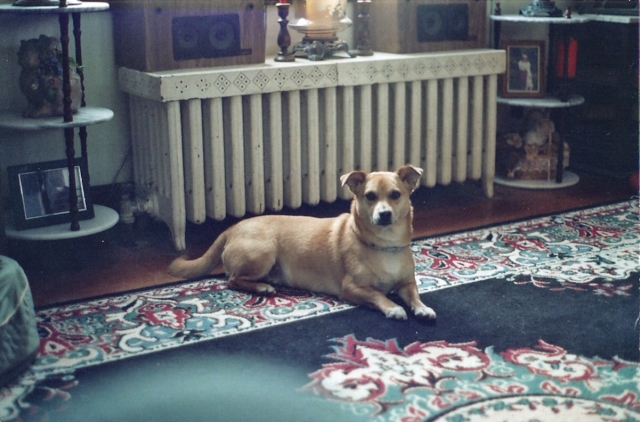 mixed breed dog
QuestionSweetie Monster
QUESTION: hi this may be
mixed breed dog
QuestionSweetie Monster
QUESTION: hi this may be
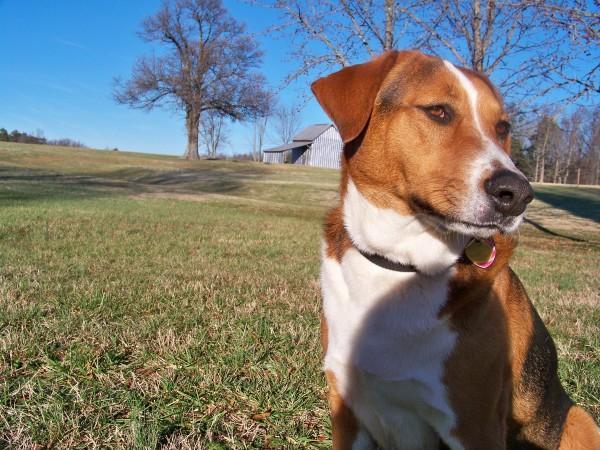 My dogs agression
Question
This is my dog
Hi Shelley!
I have a question f
My dogs agression
Question
This is my dog
Hi Shelley!
I have a question f